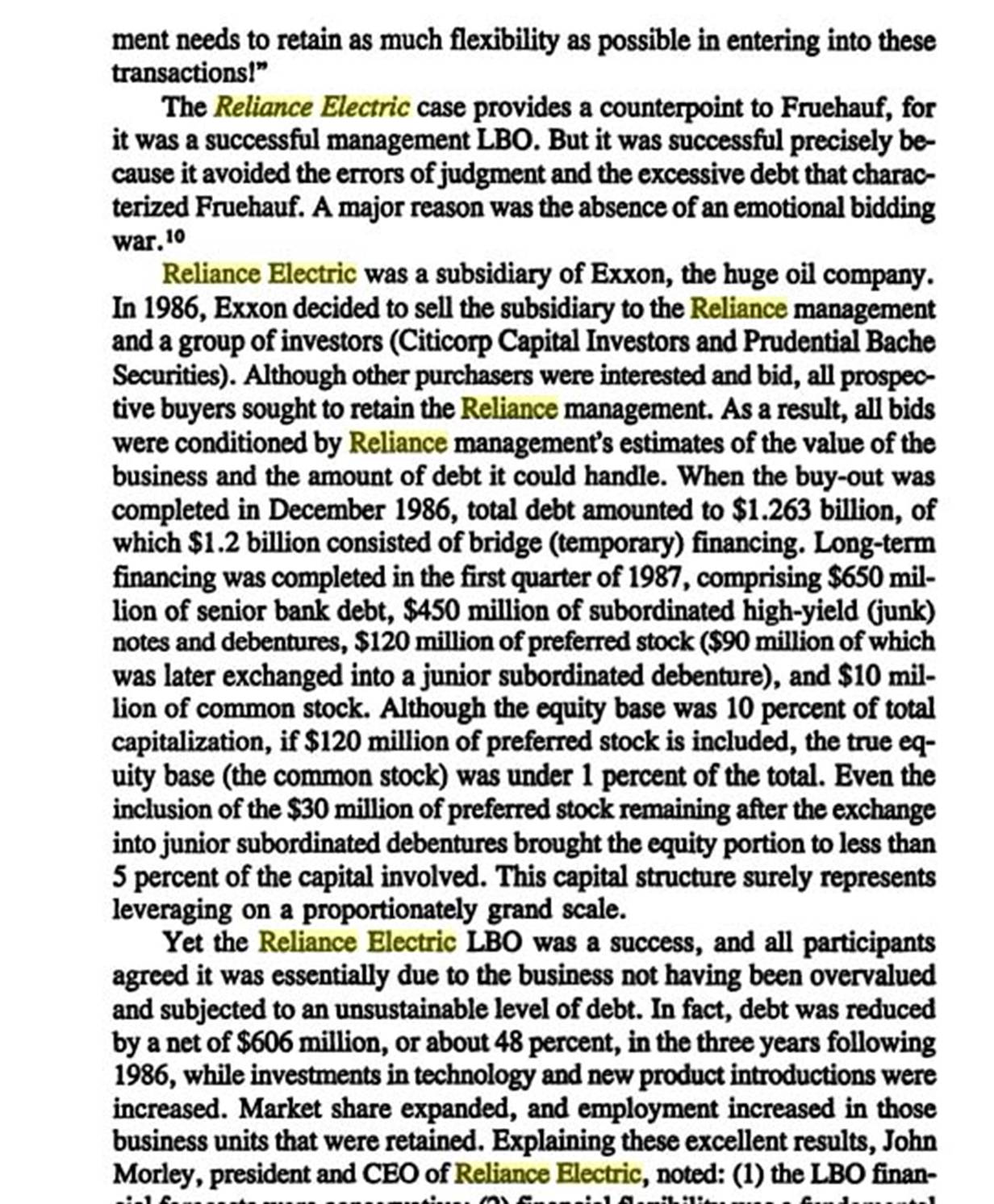·
Choosing the correct I/O hardware
·
PLC Instructions II ‘Timers’
·
PLC Instructions III ‘Counters’
·
Choosing the correct processor
·
PLC Installation & Commissioning
·
SCADA
·
Signature Image Processing (SIP)
·
Programmable Automation Controller
·
Common Industrial Protocol (CIP)
·
PROFIBUS
·
CoDeSys
PROFIBUS or Process Field Bus was
introduced in 1989 and it is sometimes confused with PROFINET. It links plant
automation modules with the process control. PROFIBUS uses a multi drop single
cable to connect the devices. This method is cost effective especially for
larger sites when compared to old methods. Its installation cost is low and it
is easy to find faults as well because it is a single cable.
Types of PROFIBUS
There are two types or versions of
PROFIBUS commonly known as
1. PROFIBUS DP
2. PROFIBUS PA
Here is a brief introduction to both of
these types.
PROFIBUS DP
It runs over two core screened cable that is violet
sheathed and its speed varies from 9.6Kbps to 12Mbps. A particular speed can be
chosen for a network to give enough time for communication with all the devices
present in the network. If systems change slowly then lower communication speed
is suitable and if the systems change quickly then effective communication will
happen through faster speed. The RS485 balanced transmission that is used in
PROFIBUS DP only allows 32 devices to be connected at once but more devices can
be connected and network can be expanded with the use of hubs or repeaters.
PROFIBUS PA
It is slower than PROFIBUS DP and runs at fixed speed of 31.2Kbps via blue
sheathed two core screened cable. The communication may be initiated to
minimise the risk of explosion or for the systems that intrinsically need safe
equipment. The message formats in PROFIBUS PA are identical to PROFIBUS DP.
Note: PROFIBUS DP and PROFIBUS PA should
not be confused with ProfiNet. ProfiNet is an Ethernet communication standard
and it is used for process control and process measurement. It is basically
used to link computer systems in an office or a network.
PLC MANUAL © 2013
|
|
|
|
|
|
|
|
|
|
|
|
|
|
|
|
|
|
|
|
|
|
|
|
|
|
|
|
|
|
|
|
|
|
|
|
|
|
|
|
|
|
|
|
|
|
|
|
|
|
|
|
|
|
|
|
|
|
|
|
|
|
|
|
|
|
|
|
|
|

































